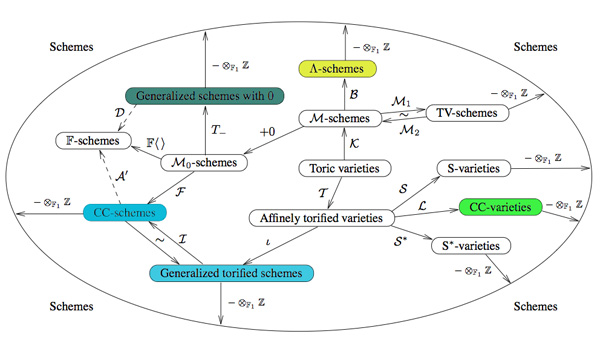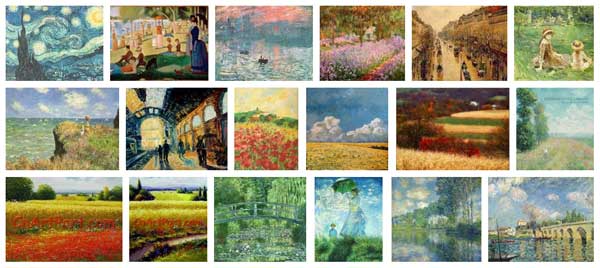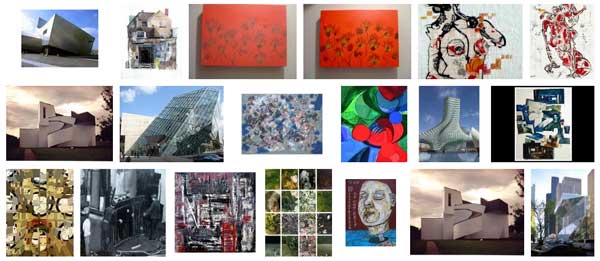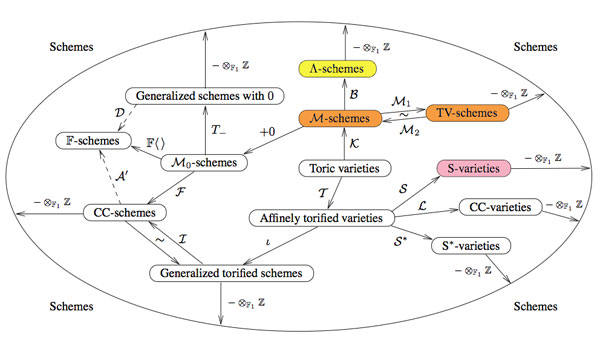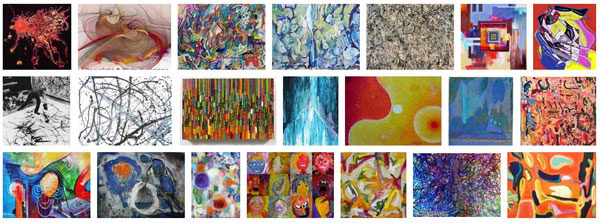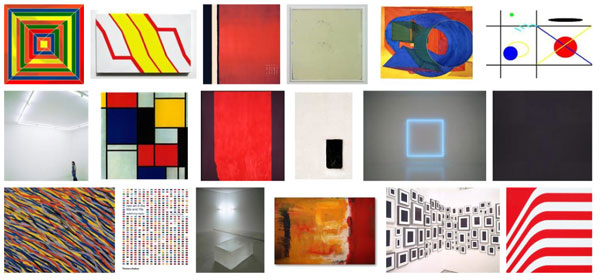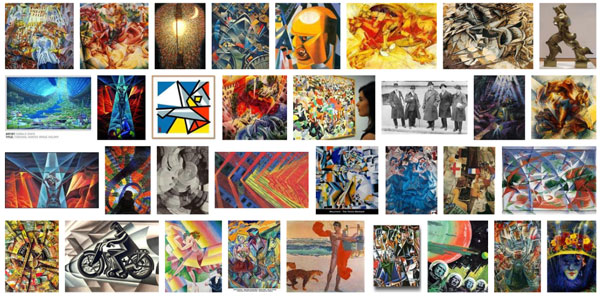A few years ago a student entered my office asking suggestions for his master thesis.
“I’m open to any topic as long as it has nothing to do with those silly quivers!”
At that time not the best of opening-lines to address me and, inevitably, the most disastrous teacher-student-conversation-ever followed (also on my part, i’m sorry to say).
This week, Markus Reineke had a similar, though less confrontational, experience. Markus gave a mini-course on ‘moduli spaces of representations’ in our advanced master class. Students loved the way he introduced representation varieties and constructed the space of irreducible representations as a GIT-quotient. In fact, his course was probably the first in that program having an increasing (rather than decreasing) number of students attending throughout the week…
In his third lecture he wanted to illustrate these general constructions and what better concrete example to take than representations of quivers? Result : students’ eyes staring blankly at infinity…
What is it that quivers do to have this effect on students?
Perhaps quiver-representations cause them an information-overload.
Perhaps we should take plenty of time to explain that in going from the quiver (the directed graph) to the path algebra, vertices become idempotents and arrows the remaining generators. These idempotents split a representation space into smaller vertex-spaces, the dimensions of which we collect in a dimension-vector, the big basechange group splits therefore into a product of small vertex-basechanges and the action of this product on an matrix corresponding to an arrow is merely usual conjugation by the big basechange-group, etc. etc. Blatant trivialities to someone breathing quivers, but probably we too had to take plenty of time once to disentangle this information-package…
But then, perhaps they consider quivers and their representations as too-concrete-old-math-stuff, when there’s so much high-profile-fancy-math still left to taste.
When given the option, students prefer you to tell them monstrous-moonshine stories even though they can barely prove simplicity of $A_5$, they want you to give them a short-cut to the Langlands programme but have never had the patience nor the interest to investigate the splitting of primes in quadratic number fields, they want to be taught schemes and their structure sheaves when they still struggle with the notion of a dominant map between varieties…
In short, students often like to run before they can crawl.
Working through the classification of some simple quiver-settings would force their agile feet firmly on the ground. They probably experience this as a waste of time.
Perhaps, it is time to promote slow math…
Comments closed
